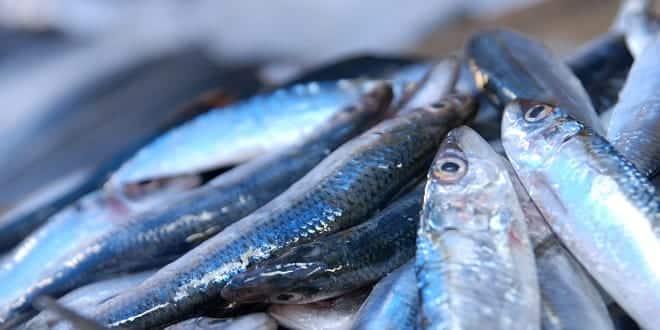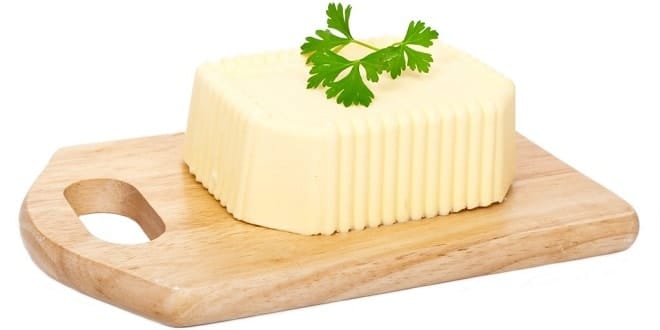Food Processes ( Dr. Ali Coşkun DALGIÇ )
SECTION SIX FOOD PROCESSES
Principles of Food Process Design
Process Design is used in the design of entirely new (grass-roots) plants, but mostly in the expansion of existing production facilities, and in plant upgrading and modernization. New and improved processing facilities are necessary to meet the demands for new products, improved quality, process control, energy saving, and strict safety and environmental requirements. Economics and profitability must always be taken into account when designing new or upgraded processing plants.
Process and plant design are based on the following traditional engineering disciplines:
-
Chemical Engineering, which is concerned with the physical and engineering properties of materials, construction of process flowsheets, material and energy balances, equipment sizing, and plant utilities.
-
Mechanical Engineering, which deals with detailed engineering design of process and utility equipment, piping and material transport equipment, installation and maintenance of industrial equipment, and heating / air conditioning of industrial buildings.
-
Electrical Engineering is concerned with electrical power (e.g., motors), industrial lighting, process control, and automation of the processing plant.
-
Industrial Engineering is concerned with efficient plant operation, better utilization of material and labor resources, time-motion studies, and application of the various occupational and public health regulations at the local, state, and federal levels.
The design of food processes and food processing plants is based on the same principles of process (chemical) design, with the additional requirements for food safety and food quality. Food processes, processing equipment, and processing plants must comply with strict hygienic (sanitary) regulations.
Optimization of food processes is based on maximum preservation effect with minimum quality damage to the food product, and minimum health hazard to the consumers
…




